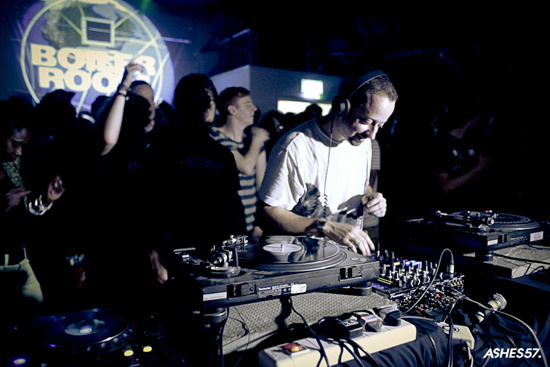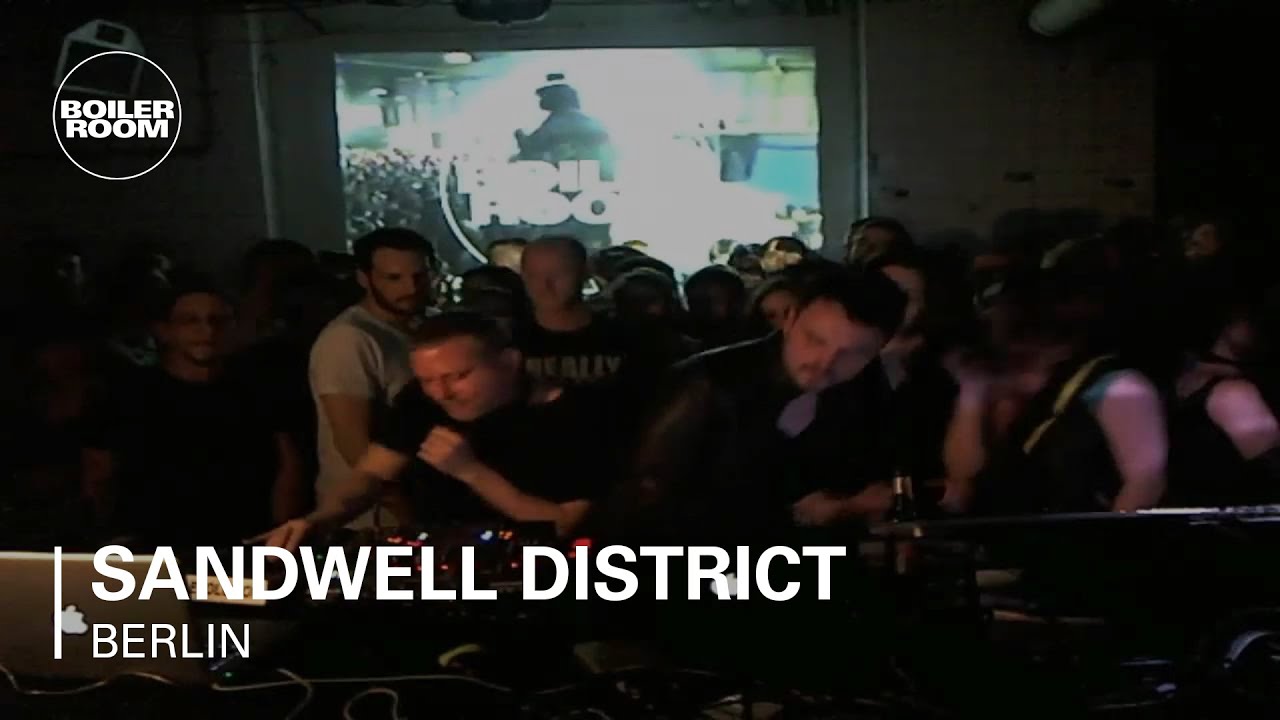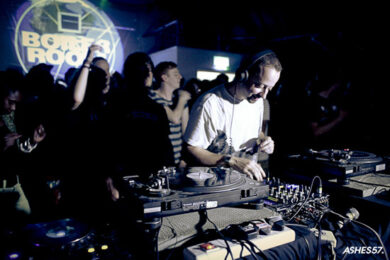Twenty years ago, an ever-swelling group of New Age travellers, ravers and hippies gathered on Castlemorton Common near Malvern, Worcestershire for a free rave that would reshape illegal partying forever. After much roadside planning, some 40,000 people assembled on the land – sheep were slain, 150 people were arrested, copious amounts of drugs were taken, and 100 hours of nonstop dance music was played. The event made the national news two nights in a row, and caused a group of vigilante villagers armed with shotguns and community spirit to threaten to set fire to the entire set-up as a last ditch attempt to stop the continuous partying. Two years later, a law was imposed that effectively (and notoriously) outlawed any unlicensed outdoor parties playing “sounds wholly or predominantly characterised by the emission of a succession of repetitive beats”.
I’d be lying if I said I remembered Castlemorton (in May 1992 I was six months old) but it takes little more than a quick Google search to find countless scans of newspaper cuttings and video footage surrounding the event. Incensed locals held up plastic bags containing hypodermic needles they’d found in their front gardens, while vilified ravers made political statements calling for drugs to be decriminalised and promised a thorough clean up once they’d found some bin liners.
This year, as a tribute to the twentieth anniversary of the event, Channel 4 announced they would be hosting a free rave of their own, one which would take place within a television studio on a revolving set, with all music streamed live to guests invited to take part by sitting in front of their TVs at home. There would be no adverts, and the event would not be repeated or officially uploaded onto the internet.
That night, I watched Grandmaster Flash waving wildly to an empty room before an array of nauseating visuals. A long hour later, Annie Mac arrived, perfectly manicured neon nails fiddling with the mixer, an exaggerated look of concentration on her face. Almost two hours in I finally succumbed to welcome unconsciousness. Beyond the excruciating dullness, the most harrowing thing about the whole thing was the very concept. Why on earth would anyone want to celebrate pre-illegal outdoor rave culture and the physical unity of over 40,000 people by being confined to a sofa in their front room?
In its defence, live streaming culture is by no means a recent innovation, nor does it all reach the same heights of vulgarity as Channel 4’s concoction. In 2010, inspired by the ongoing phenomenon of ‘yard casts’ which involved the likes of Oneman, Bok Bok and MK performing live from their bedrooms via webcam on live streaming provider Ustream, founder of the now defunct webzine Platform, Blaise Bellville invited DJ and programmer Thristian Richards and Femi Adeyemi, brainchild of NTS Radio, to come along to his office, a 1930s boiler room in Hackney, to play some music in a laid back setting. Initially wanting to create mixes influenced by pirate radio, moving away from the home recorded mixes published by FACT, Resident Advisor and XLR8R, they hooked up their audio to a laptop, taped a webcam to the wall, invited their friends over to hang out and broadcasted the unfolding events online.
What emerged over the next year was the Boiler Room, a weekly platform that invites upcoming and established electronic musicians to come and play live and DJ sets to an online global audience. Artists play with their backs to a small, composed audience whilst facing a Logitech webcam, with little or no crowd interaction and completely unaware of the conversation elapsing in the online chatrooms. Any appreciation or critcism is shown through typeface across the chatroom Twitter and Facebook. Of course, give many a pleasant person a computer keyboard and a forum of anonymity and they turn into an insatiable monster, and indeed much of the chat room is often inevitably taken over by a plethora of sexism and offensive trolling.
On a basic level though, it is a platform for constructive discussion, allowing users to establish a dialogue that is predominantly centered on the music. Track IDs are thrown around, people rip world exclusives onto YouTube within minutes of them being played, and with no obvious display of the chat room in the Boiler Room itself, all feedback is only available to those playing post-performance, allowing for an entirely self-indulgent set list with no need for crowd pleasers or party starters.
The Boiler Room is by no means the first music platform to broadcast via live stream, but it is the most consistently successful. Live streaming has proliferated this year, with variatons springing up all across the globe, breaking down the exclusivity that once shrouded such events. NME and Mixmag have both streamed live sessions, while many similar efforts to the Boiler Room attract loyal online followings: Percussion Lab and Trouble & Bass in Brooklyn, Dublab in Los Angeles, TwenFM in Berlin, Propa TV in Auckland, and Get Darker and Just Jam in London, as well as countless professional and amateur Ustreams all over the globe. On the most part they’re designed to promote new music rather than mimic a partying experience. Dommune in Tokyo for example (similarly to the Boiler Room who regularly broadcast on a Tuesday with an 11pm curfew), only stream on weeknights with the specific, though unneccesary intention of not poaching clubbers from the live club scene at the weekend.
While Channel 4 no doubt has a generous budget to draw from, the reality of sustaining an independent regular music live stream that is accessible to all is a problematic one. The Boiler Room has survived through partnerships with Red Bull Music Academy, Red Stripe and Umbro, with three more brands due to launch partnerships in the near future. There’s also an upcoming collaboration with YouTube in January, in which they hope to create a vaster online community, branching out from electronic music and covering a broader range of genres including hip hop and grime, and also further accommodating live bands and artists. After speaking to the Boiler Room’s organisers directly however, it soon becomes clear that it hasn’t always been easy to sustain. Its beginnings tell tales of battered equipment, supplementing funds for new turntable needles and siphoning diesel orally through hosepipes into generators to power a warehouse with no wired electricity. All artists play for free and all revenue made is put back into its continuous development, which they claim helps to sustain a non-exclusive, non-profit mode of premium content.
Conversely, the real apprehension in 2012 has been the beginning of the commercialisation of the live stream, the cottoning on of the bigwigs in suits of its unprecedented success and its potential for revenue. After the apparent success of the first, Channel 4 have another ‘house party’ planned for New Years Eve, and after that who knows, maybe Hollyoaks will become a giant call-in revolving disco too.
The great thing about the Boiler Room and its siblings, and what Channel 4 seemed to completely oversee in their own live stream imaginings, is their rawness and their distinct ‘anything can happen’ mentality. Channel 4’s House Party, while boasting an apparent ‘live’ atmosphere, was still very pre-planned, very much within a television studio and the cuts between camera shots were too orchestrated to have the same impulsive ambience as an often-temperamental webcam. Additionally, the Boiler Room does not seem interested in acting either as a direct representation of, or a replacement for, club culture. The intent is not to create a synthetic night out, or a rave; instead its focus lies firmly on new and underground music. It’s a chance for its audiences to hear new material, discover new artists, and to see and engage with DJs who they may not be able watch play locally. For the online viewer, the physical experience of clubbing becomes a sensory voyeurism; it’s all about listening and watching, and now, after the success of Boiler Room Berlin in late 2011 and the inaugural crossing of the Atlantic this year with regular stints in both LA and New York, it’s become something of a cultural lecture, allowing a glimpse into some of the biggest underground music scenes around the world.
Channel 4’s House Parties, however, purport to offer an alternative experience rather than a complementary one (at time of publishing, the programme’s Facebook page confronts the user with the rather hilarious question: "So you’re having a House Party… Are you clearing room for a dancefloor?"). While the initial idea of watching club scenarios unfold across the globe from the comfort of your own home initially seems quite appealing, the cultural reality is isolated from the actual event. The whole physicality of clubbing becomes subverted, the impact of thudding, heart wrenching live music lost through the inadequacy of your tinny television or laptop speakers, the setting of the dank, sweaty club replaced with domestic upholstery and a cup of tea. The introversion of it all all seems a little claustrophobic, a little dystopian.
Is this the future of clubbing? Probably not. Live streaming this year has encouraged the exchange of new music on an authentic and global scale, and it’s not like kids these days are having a night off in favour of it. We can speculate all we want about a cyber sofa-clubbing future, but realistically, no one is going to entirely forgo the reality for a voyeuristic substitute. Live streaming, when implemented for well-intended, non-commercial purposes, has become an increasingly relevant and significant way of exposing new music and promoting new artists in a visually engaging manner that can be consumed by many a hungry music lover. When co-opted for commercial reasons however, the concept becomes heavily debased. It seems highly unlikely that commercially-minded live streams by mainstream broadcasters would be too concerned with giving underground and niche artists a leg-up. A glance at the line-up for the summer’s House Party and the upcoming New Year’s Eve session (featuring Mac once again, Frankie Knuckles, Toddla T and more) reveals a cast of well-established names playing relatively well-known music. With the connection to the underground removed and no interest in breaking new music, live streaming’s potency as a medium for exposing underground pop culture ends up as compromised as the rest of what passes for new music coverage in the mainstream broadcast media (hello, Radio 1).
As it stands though, it’s probably not worth worrying too much about it. At the moment, real club culture and virtual club culture are running in tandem, influencing and inspiring each other, and offering a wealth of cultural discourse for anyone with access to a broadband connection. 2012 might have been notable for a massive rise in variety and production of underground live streams on a successful level, with the Boiler Room in particular flourishing. But when it comes to club experiences the prospect of something tangible and real is always going to be too good to resist. Until the air outside becomes too thick to breathe, that is.




